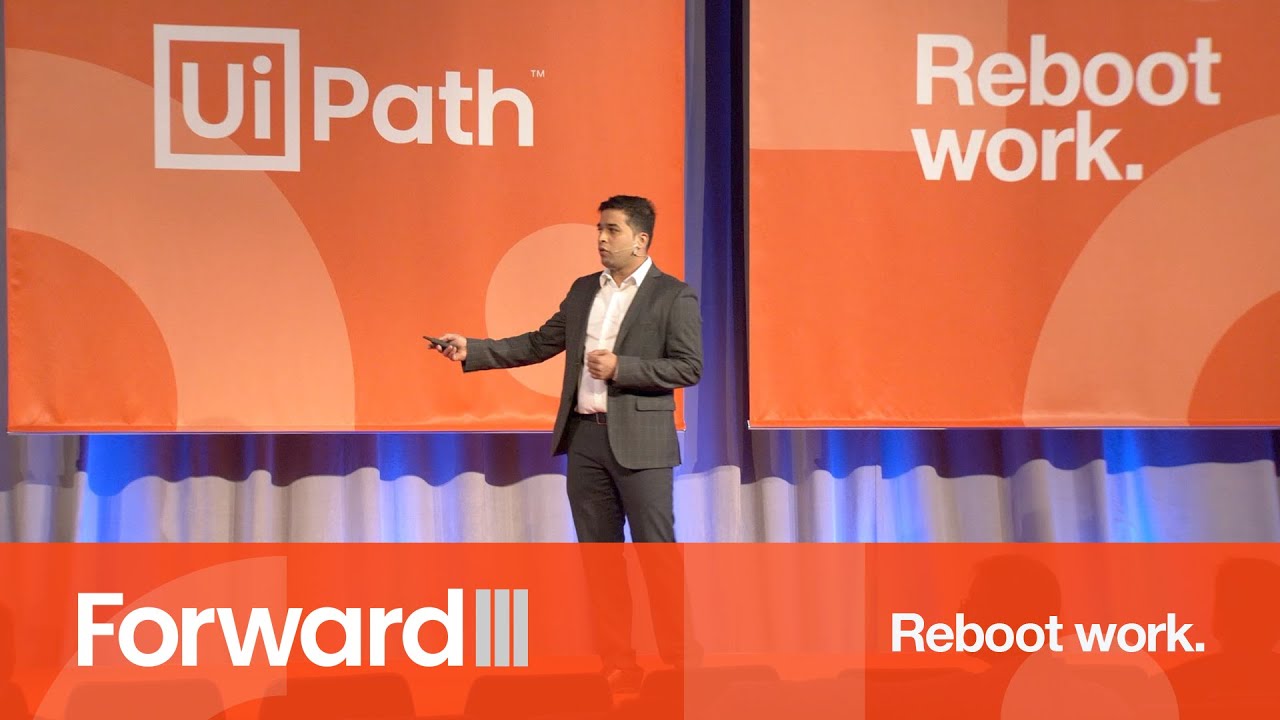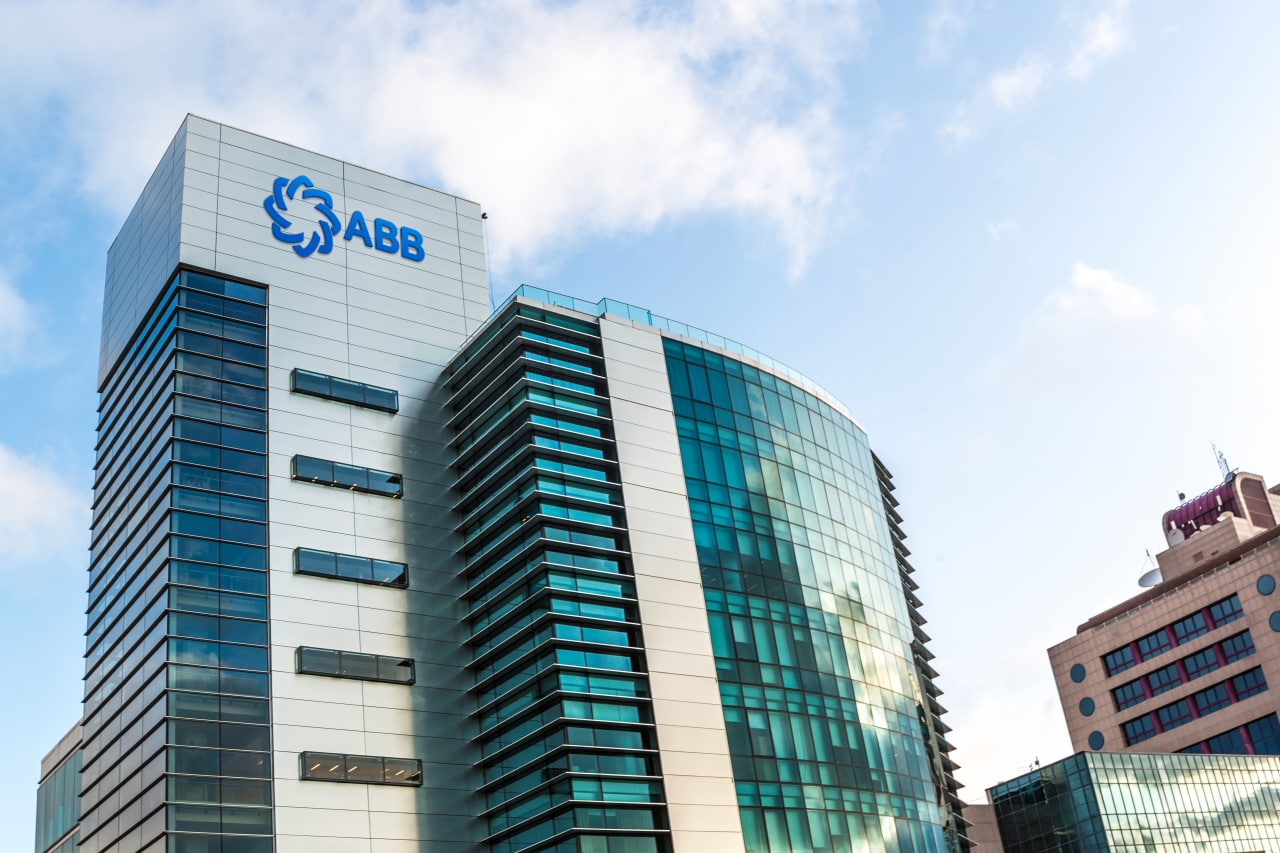
Client:Wärtsilä
Industry:High Tech
Region:Europe
Wärtsilä: 400 Automated Processes Supported by a Citizen Developer Community

400
automated processes across the company
100+
internal citizen developers supporting RPA initiatives
180k
RPA supports 180,000 monthly job runs
Client Overview
Marine and energy market sustainable solution provider
At Wärtsilä, robotic process automation (RPA) project stakeholders understood that change would be gradual and that the key to RPA success wouldn't just involve deploying new technology.
The organization aimed to keep its process automation in-house and incorporate as much key user input as possible. Aligning people and processes in this way comes with its challenges, but also with its rewards — Wärtsilä now enjoys streamlined automation of more than 400 of its key business processes.
Wärtsilä is a large organization based in Finland known for its production of marine engines. However, the longstanding company, established in 1834, does much more than this. In fact, as Nishant Redekar, Wärtsilä’s Solution Architect for process automation noted, the business has operations in over 200 locations in more than 80 countries. Wärtsilä is a global leader in smart technologies and complete lifecycle solutions for the marine and energy markets. By emphasizing sustainable innovation, total efficiency and data analytics, Wärtsilä maximizes the environmental and economic performance of the vessels and power plants of its customers.

Similar to other large organizations supporting a global footprint, Wärtsilä sought strategies that could help further its digital transformation efforts, while at the same time improving efficiency, reducing the chances of errors, and saving the company money. Redekar and other Wärtsilä stakeholders looked to robotic process automation (RPA) as a key solution, with the understanding that an RPA initiative wouldn’t just involve technology deployment. Its success would also hinge upon integrating people and processes and changing the company culture to prioritize automation at its core and not just at the system level.
Selecting the right RPA partner
As Redekar explained, the first step on the company’s RPA journey was establishing its initial pilot project and choosing the RPA provider partner that could support Wärtsilä’s goals. A critical element for Wärtsilä was the ability to keep its RPA and process automation in-house and leverage the capabilities of its staff members. However, Redekar and Wärtsilä decision-makers still needed to choose the right RPA platform for the job.
The amazing thing about the pilot was that we managed to deploy our first production process and automate it in less than two weeks, and it was running live in production after week three.
Nishant Redekar • Wärtsilä’s Solution Architect and Process Automation Leader
The company looked to launch its first proof of concept in June 2016 and leveraged this process to evaluate the capabilities of the major RPA solution providers they were considering. Redekar and project stakeholders asked the top four RPA providers in the industry at the time to automate one process for Wärtsilä. If they were successful in this automation, Redekar and the team would consider them for their future RPA initiatives.
And UiPath was the only one to do it.
“The amazing thing about the pilot was that we managed to deploy our first production process and automate it in less than two weeks, and it was running live in production after week three. That was exciting to see.”
Expanding RPA: supporting citizen developers
Although the pilot project was only to include the automation of three critical business processes, its success enabled the company to automate an additional ten processes. Redekar and RPA stakeholders then looked to scale the company's process automation even further, to engage as many internal employees as possible.
However, scaling RPA can present particular challenges, not the least of which revolves around user awareness, adoption, and training.
“We have been putting massive efforts toward getting our people to do this automation, and not just impose it on them to do it, but to do it happily and really get involved,” Redekar noted. "We have one hundred-plus people that are now actively contributing to this, and this is kind of an ecosystem that we've created, and it's a community that supports itself."
However, bringing together these 100 individuals—or “citizen developers,” as Redekar and the Wärtsilä team call them—wasn't a smooth road. Wärtsilä’s RPA goals were incredibly lofty and involved automating processes throughout the organization. Redekar and other stakeholders wanted to leverage the input of key users or business process experts, the individuals that engage in critical business processes during their daily jobs.
We needed our people along with us. That was our focus, to put our key users in the driver’s seat.
Nishant Redekar • Wärtsilä’s Solution Architect and Process Automation Leader
Initially, there was pushback. But, as Redekar noted, once key users became involved and began helping with process automation development, they were empowered to bring their ideas to the table. Also, the company held training sessions, including online and face-to-face sessions, to help key users further understand the benefits of RPA.
“We needed our people along with us,” Redekar said. “That was our focus, to put our key users in the driver’s seat so they can decide for themselves. It doesn’t come easy—it takes some effort, but it’s not impossible.”
The result: Capturing the hearts and minds of RPA users
Despite the hurdles involved with scaling and bringing internal employees on board, RPA has proved incredibly successful for Wärtsilä. Today, the company relies on more than 400 automated processes and has more than 100 citizen developers assisting in the further development of RPA. What's more, Wärtsilä established a center of excellence in 2017, and its RPA training efforts have involved more than 900 people across the organization.
While not every employee trained in RPA will become a citizen developer, Redekar pointed out that these individuals become ambassadors for Wärtsilä’s process automation efforts and help spread awareness to others in the business.
“Trust your own people—let them try and even let them fail. It’s worth it.”
Related case studies
Ready for your own case study?
Speak to our team of knowledgeable experts and learn how you can benefit from agentic automation.





